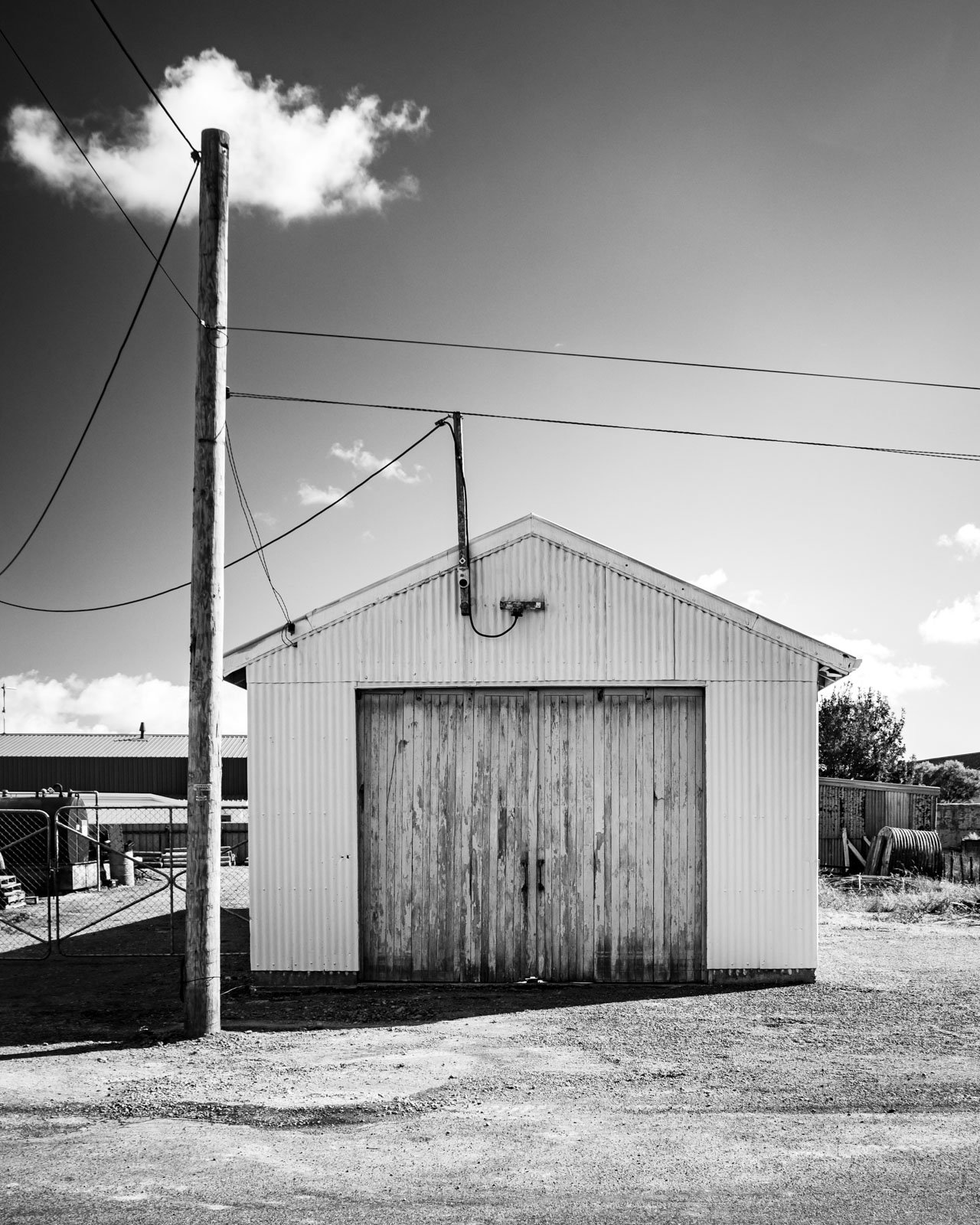On simplicity
“Why do most great pictures look uncontrived? Why do photographers bother with the deception, especially since it so often requires the hardest work of all? The answer is, I think, that the deception is necessary if the goal of art is to be reached: only pictures that look as if they had been easily made can convincingly suggest that beauty is commonplace.”
– Robert Adams
As a photographer, photography teacher, and sometimes photography judge, I constantly deal with the question of what makes a worthy, or ‘good’ photograph. Judging or rating an image is simple enough when students are set a very specific technical task with narrow parameters - meet the requirements, while achieving decent exposure and a pleasing composition and you’ve pretty much nailed it.
When the brief becomes more open, however, it becomes more difficult. How do you compare the relative worth or quality of a highly composited, multi-layered surrealist image and a straight, minimally edited street photo. Or a sweeping landscape compared to a carefully staged and intricately lit studio still life.
In some photography competitions the proposed solution is to judge images in different categories - placing more extensively edited images in a separate category to ‘purist’, less edited images. The ‘comparing apples with apples’ argument. Which implies that these diverse categories of photos cannot, in fact, be objectively compared. That by judging them together, one will implicitly be put at a disadvantage compared to the other.
Other competitions, especially themed ones, do not differentiate between photographic categories or styles. A portrait photography competition, for example, may accept any photo that fits the ‘portrait’ brief (a red herring in itself) and judge all entries directly against each other irrespective of style and processing.
What strikes me in many competitions and photography training institutions is the importance placed on perceived effort. If a photo has a huge amount of detail, coaxed out of many different layers of Photoshop, or if it is clear that the photographer went to an inordinate amount of effort travelling to a distant destination, climbing to the top of a mountain, or hanging from a helicopter to get the shot, it must be worthy. Much effort was spent, after all.
(In a teaching environment we are particularly prone to rewarding our hardworking students, who put in the effort, compared to the student who perhaps achieves a great image through shear luck, with minimal effort.)
Yet when we look at the great photographs throughout history, photos that have stood the test of time in every genre from landscape to portraiture to documentary photography, they are seldom particularly complex. Despite movements like Pictorialism attempting to raise the value of photography by increasing the complexity of the picture-making process, the truly enduring images are (deceptively) simple. Images with no bells or whistles; images that make the casual viewer think ‘I could have done that’.
Which is where Adams’ quote comes into play, of course. By appearing simple, great photos don’t put any complexities in the way of the truth communicated by the image. It does indeed make beauty look commonplace.
This brings me back to the problem I have with photography competitions (not all of them - some competitions have a great record of rewarding images of lasting quality). Because competition judges pit images against each other, rather than simply appreciating a photograph in and of itself, they have an almost unavoidable tendency to award perceived effort. ‘Wow’ images. Which is why you seldom see really simple, quiet images win big awards. Despite the fact that the photographer may actually have invested a great deal of effort, thinking and planning into making the image that simple.
It is a little like a Paul McCartney pop song - the natural, pure perfection of it makes it feels like the simplest thing in the world.
“In art economy is always beauty.”
- Henry James
I am not arguing that all photographs should be minimalist or basic. Even a busy, complex scene/subject can be rendered visually simple. Removing unnecessary visual information; arranging individual elements into visual coherency; employing basic rules of composition. Henri Cartier-Bresson’s ‘Children in Seville, Spain’ comes to mind, for example. Or the extreme ‘simplicity in complexity’ of Andreas Gursky’s work.
I do believe, however, that as photography practitioners, educators and critics, we need to stay conscious and appreciative of the hard work that lie behind the apparent simplest of photographs.
As photography educators, judges and critics we have a duty to recognise and reward those images that make a virtue of subtlety. To not be blinded by the smoke and mirrors of perceived effort. To give that quiet, seemingly non-descript image a second critical look. To work hard, look again and dig deeper when we critique.
As photographers we have a duty to strive towards freeing the truth in our images from the shackles of complexity. To guard against visual extravagance, against the urge to point our lenses only towards the grand scenes. To dig deeper when we photograph. To pursue the holy grail of seemingly uncontrived simplicity and reach for what Adams terms the ‘goal of art’.
If something is boring after two minutes, try it for four. If still boring, then eight. Then sixteen. Then thirty-two. Eventually one discovers that it is not boring at all.
- John Cage
“Simplicity is the final achievement. After one has played a vast quantity of notes and more notes, it is simplicity that emerges as the crowning reward of art.”
- Frederic Chopin
